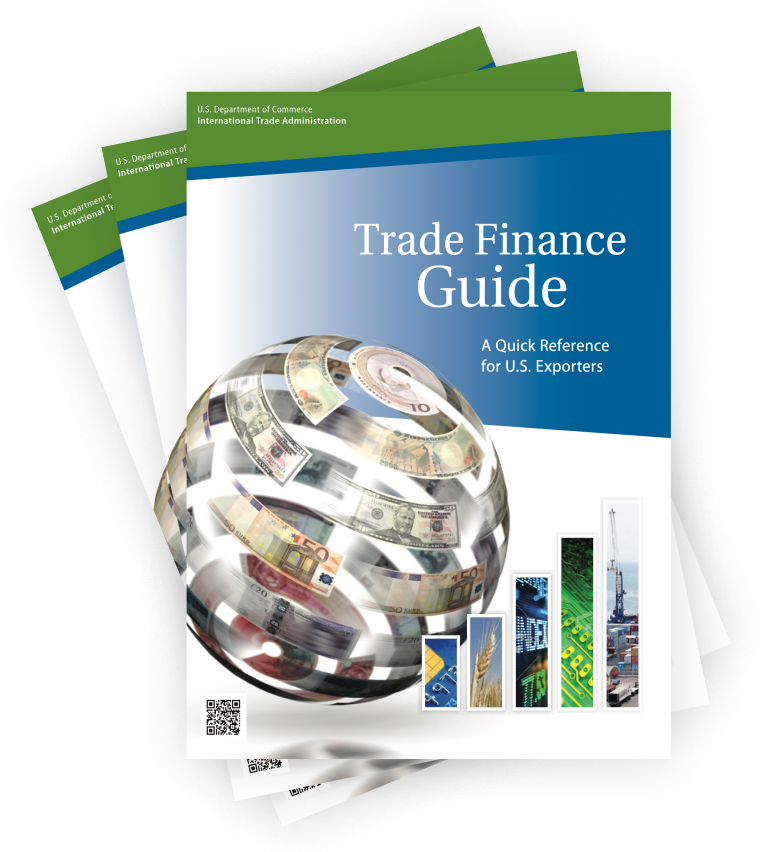The International Trade Blog International Sales & Marketing
Letter of Credit Basics: Don't Grant Access to Your Goods Before You Get Paid
On: May 20, 2019 | By:  Chris Lidberg |
3 min. read
Chris Lidberg |
3 min. read

Unfortunately, once both parties agree to the method of payment, sellers frequently don’t give much thought to the actual terms and conditions that are contained in the letter of credit. This is a mistake, and it can lead to a world of problems.
As the seller, you should pay particular attention to the international bill of lading requirements in the letter of credit.
Does the letter of credit require negotiable or non-negotiable documents? If you are shipping by ocean, you can choose either a negotiable or non-negotiable bill of lading. On the other hand, if you are shipping by air, your only option is a non-negotiable bill of lading.
Negotiable vs. Non-Negotiable Documents
With a negotiable bill of lading, the carrier or steamship company requires the consignee to deliver one of the original bills of lading when making a claim for the goods. If they don’t have an original bill of lading, in most cases they can’t take delivery of the goods. With a non-negotiable bill of lading (also referred to as a straight bill of lading), the consignee in many cases can take delivery of the goods without having to present an original bill of lading.
 So, what difference does it make?
So, what difference does it make?
If your company doesn’t want the buyer taking possession of the goods before you are paid, the documentary conditions in the letter of credit should require a negotiable bill of lading. A letter of credit requires a negotiable bill of lading if it is to be consigned to one of the following choices:
- To the order of the buyer.
- To the order of the shipper blank endorsed.
- To the order of the issuing bank.
- To the order of advising/confirming bank.
In each of these examples, the buyer will need an original bill of lading to take possession of the goods.
If, on the other hand, the letter of credit requires the bill of lading to be “consigned to the buyer” and the words “to the order” are not required, the bill of lading is non-negotiable and the buyer will most likely be able to take possession of the goods without a bill of lading.
There is one other way that the buyer may be able to take possession of the goods before making payment. Again, you can determine this by reading the letter of credit.
If the letter of credit requires a beneficiary’s signed statement certifying that an original set of negotiable documents were sent directly to the buyer by the seller, be aware that by complying with this requirement and providing the statement, you are giving the buyer access to the goods. This is not an uncommon document requirement when dealing with letters of credit.
Does It Really Matter?
Whether or not the letter of credit requires a non-negotiable bill of lading, the issuing bank is obligated to pay you as soon as you comply with all the terms of the L/C. The question, then, is whether or not it really matters if the buyer takes possession of the goods before you get paid.
Perhaps it doesn’t matter, but the key here is that the seller must comply with all the terms of the letter of credit. In other words, your documents must be discrepancy free.
Let’s assume the worst: you have shipped the goods, the buyer has taken possession before you’ve been paid, and your documents have discrepancies. Your chances of getting paid are still very good. Even though there is now a slight possibility that the bank will refuse to make payment, it is much more likely that your payment will be delayed by at least a week while the bank gets the proper waivers in place.
From the buyer’s perspective, they probably don’t have anything sinister in mind when they create a letter of credit that allows them to access the goods before payment. Most likely they know from experience that if the goods arrive at the port of destination and they don’t have the proper documentation, the goods may go into storage. If so, the buyer will likely end up paying demurrage charges, which can be very expensive.
Before you agree to accept a letter of credit that permits the buyer to access the goods before you receive payment, you should carefully consider just how comfortable you are with your ability to comply with the terms of the letter of credit and with the buyer’s willingness to waive any potential discrepancies. The answers to these two questions will help determine which type of bill of lading will be acceptable and whether or not you are willing to mail the documents directly to the buyer.
Like what you read? Subscribe today to the International Trade Blog to get the latest news and tips for exporters and importers delivered to your inbox.
This article was first published in January 2002 and has been updated to include current information, links and formatting.

About the Author: Chris Lidberg
Ms. Chris Lidberg was an independent consultant in the area of international banking and Letters of Credit. Ms. Lidberg had more than 25 years of international banking experience, most recently as Vice President at U.S. Bank where she was part of the International Trade Services Division. She was responsible for selling the bank's international products to both customers and prospects, and conducting Letter of Credit seminars.
During her 25 years in banking, 15 of those years were spent in the Letter of Credit area, holding various supervisory positions, later to manage the Letter of Credit department. MS. Lidberg went on to become the manager of International Operations where she was responsible for managing not only Letters of Credit, but also International Collections, Money Transfers, Cash Letters, Investigations and all Telex and SWIFT activities for the bank.


